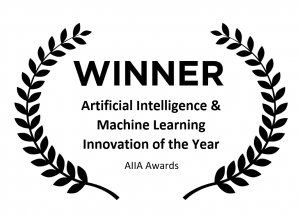In this Article
The City of Casey stored asset data across a range of disparate and inconsistently structured datasets. Each dataset was maintained to different standards. The inconsistent nature of their datasets meant they could not be used to reliably inform long term budget or strategic planning decisions. The council suspected that the most value resided in:
- Civil Assets (for example roads, paths, drains),
- Buildings, and
- Sports grounds.
Because the Councils maturity in analysing data was low, they needed some help to identify and capitalise on opportunities.
Minnovation helped the council implement Machine Learning from the AlphaX system and Power BI reporting for mainstream data-driven decision making across its asset management function. The system analyses the performance of 400,000+ unique assets in real time and forecasts the optimal funding and resources required to complete the 120,000+ annual tasks that are requested requested by residents and other stakeholders.
The machine learning algorithms were integrated into the existing asset management database to enable analytics and predictions on live data, in real time. As data was collected about individual assets, the algorithms updated predictions becoming more accurate as they received more data.
The first big and real test of the system was its use to develop the City’s 2018- 2023 Asset Management strategy. This assisted in setting policy, funding and resource allocations for the City’s ~$25M maintenance budget and ~$50M capital replacement program.
The system has identified potential savings of:
- $1.21M by improving building performance and extending useful life
- $2.01M by improving all assets performance and extending useful life (Including Buildings)
- $448K by reducing reactive tasks
- $547K by replacing over serviced asset early
- $1.13M by reducing repeat tasks/workorders
- $5.53M Total Savings
The City plans to develop similar platforms that will predict and improve the outcomes that policy and funding changes have on other functions within the municipality and/or predict the presence of bribery and corruption.
This project won the AIIA Artificial Intelligence and Machine Learning Innovation of the Year 2019 Victoria

Related Blog Posts
How Smart Cities Connect: Getting Started with Edge AI and IoT Technology
How to Get Started with Edge AI and IoT Technologies in Smart Cities: Overcoming Integration Challenges In recent years, the concept of smart cities has evolved from a futuristic Read More
5 Step Strategy: Ensuring Security and Privacy in 15-Minute Smart Cities
Introduction Ensuring security and privacy in 15-minute smart cities is a critical challenge as urban areas become increasingly connected through IoT and edge AI technologies. These cities aim to Read More
What is a smart city and the challenge of legacy systems
How to Get Started with Integrating Legacy Systems in Smart Cities Smart cities are transforming urban landscapes by leveraging technology to improve the quality of life for residents. However, Read More




